Dilly Dilemma: 10 Perfect Substitutes for Dill Weed (Without Losing Flavor)
If you've ever stood in front of your spice rack, recipe in hand, and realized you're out of dill weed, you know the panic that follows. But don’t worry—this aromatic herb has some solid stand-ins that can save your dish without sacrificing flavor.
Table of Contents
- What Is Dill Weed?
- Why You Might Need a Substitute
- Top 10 Dill Weed Substitutes
- Comparison Table: Dill Weed vs. Alternatives
- Buying Guide for Dill Weed Alternatives
- How to Use Substitutes Like a Pro Chef
- Conclusion
What Is Dill Weed?

Dill weed is the feathery green leaf of the dill plant (Anethum graveolens). It's often used fresh or dried in cooking, especially in pickling, seafood dishes, salads, and sauces. With its bright, grassy, slightly citrusy flavor, dill brings a unique herbal flair that’s hard to replicate—but not impossible.
Why You Might Need a Substitute
You might need a replacement for dill weed because:
- It's not available in your local store
- You're out at the moment of cooking
- Allergies or dietary restrictions prevent use
- You’re experimenting with different flavor profiles
Top 10 Dill Weed Substitutes
Here are 10 excellent alternatives, each with a short description and usage notes:
- Tarragon – Offers anise-like flavor, works great in creamy sauces, dressings, and fish dishes.
- Fennel Fronds – Sweet licorice notes, ideal for salads, seafood, and garnishes.
- Cilantro – Bright, citrusy, perfect for Mexican or Asian dishes where dill isn't traditional but flavorful.
- Parsley – Mild and versatile, good for adding color and freshness when dill isn't the star flavor.
- Chervil – Delicate anise flavor, commonly used in French cuisine as part of fines herbes.
- Basil – Strong aroma, better suited in Mediterranean or Italian recipes where boldness is welcomed.
- Caraway Seeds – Not a direct substitute but adds a similar earthy warmth, especially in breads or stews.
- Thyme – More earthy and less floral, useful in heartier dishes like soups or roasts.
- Marjoram – Milder than oregano, adds a subtle sweetness to dishes needing a soft herb touch.
- Dried Dill Seed – Has a stronger, more pungent taste than dill weed, useful in pickling and spice blends.
Comparison Table: Dill Weed vs. Alternatives
| Substitute | Flavor Profile | Best For | Usage Tips |
|---|---|---|---|
| Tarragon | Anise-like, sweet, slightly spicy | Creamy sauces, fish, vinegar-based dishes | Use fresh or dried; start small |
| Fennel Fronds | Sweet licorice note, mild | Salads, seafood, pasta | Best fresh; pair with lemon or olive oil |
| Cilantro | Bright, citrusy, herbal | Mexican, Asian, Thai cuisine | Use fresh; avoid heating too much |
| Parsley | Mild, clean, green | Garnish, soups, rice dishes | Can be substituted 1:1 |
| Chervil | Delicate anise, light grassiness | French cuisine, egg dishes, vinaigrettes | Substitute 1:1, best when fresh |
| Basil | Strong, minty, peppery | Pesto, tomato dishes, pizzas | Use sparingly if replacing dill |
| Caraway Seeds | Earthy, nutty, warm | Breads, stews, sauerkraut | Grind before use for intensity |
| Thyme | Woody, earthy, slight mintiness | Roasts, stews, meat marinades | Best when cooked into the dish |
| Marjoram | Sweet, mellow, herbal | Stuffed vegetables, grilled meats | Combine with garlic and lemon |
| Dried Dill Seed | Pungent, sharp, warm | Pickling, spice rubs, hearty soups | Use half the amount of dill weed |
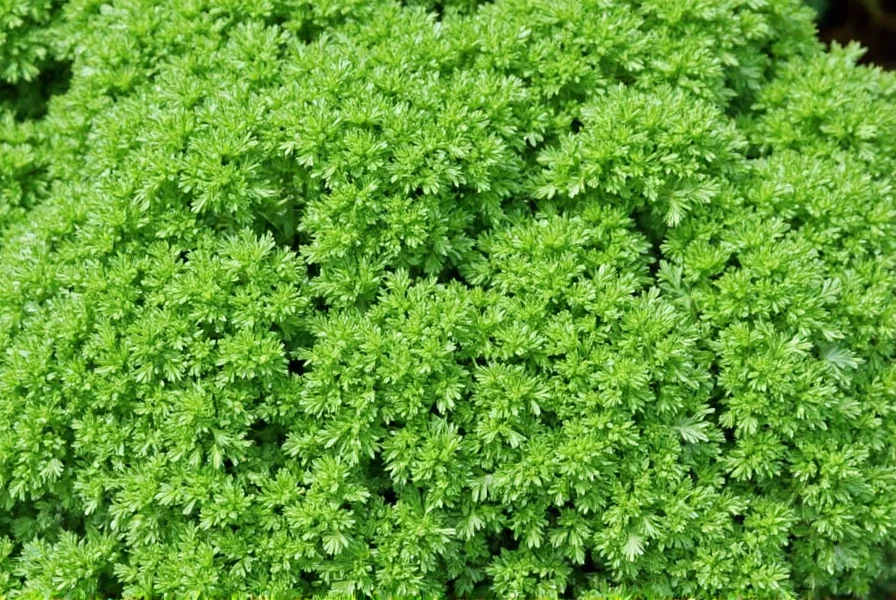
Buying Guide for Dill Weed Alternatives
Whether you’re a professional chef or a weekend cook, knowing how to choose the right dill substitute matters. Here’s what to look for:
1. Tarragon
- Features: Long, narrow leaves with a glossy surface.
- Advantages: Great pairing with fish, eggs, and creamy sauces.
- Use Cases: Ideal for making béarnaise sauce, seasoning white fish, or enhancing vinegars.
- Target Audience: Gourmet cooks and salad lovers.
- Suitable Occasions: Weeknight dinners, brunches, picnics.
2. Fennel Fronds
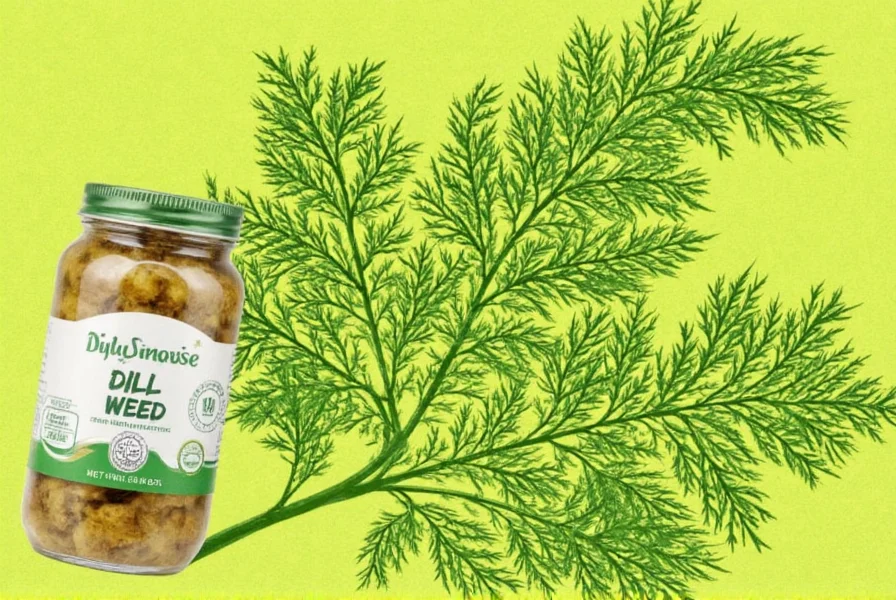
- Features: Feathery green foliage with a sweet, anise-like scent.
- Advantages: Adds visual appeal and flavor simultaneously.
- Use Cases: Garnishing soups, blending into compound butter, or tossing into grain bowls.
- Target Audience: Food stylists, home chefs, and farmers market regulars.
- Suitable Occasions: Dinner parties, gourmet plating, herb-forward dishes.
3. Cilantro
- Features: Bright green, flat-leafed herb with a bold aroma.
- Advantages: Enhances salsas, curries, and tacos instantly.
- Use Cases: Stir-fries, chimichurri, guacamole, Thai basil pork.
- Target Audience: Global cuisine enthusiasts and adventurous eaters.
- Suitable Occasions: Family gatherings, street food nights, fusion cooking.
4. Parsley
- Features: Either curly or flat-leaf, both offer mild flavor.
- Advantages: Versatile, affordable, easy to find.
- Use Cases: Tabouleh, gremolata, roasted vegetable medleys.
- Target Audience: Beginner cooks and everyday meal prep folks.
- Suitable Occasions: Everyday meals, potlucks, weeknight dinners.
5. Chervil
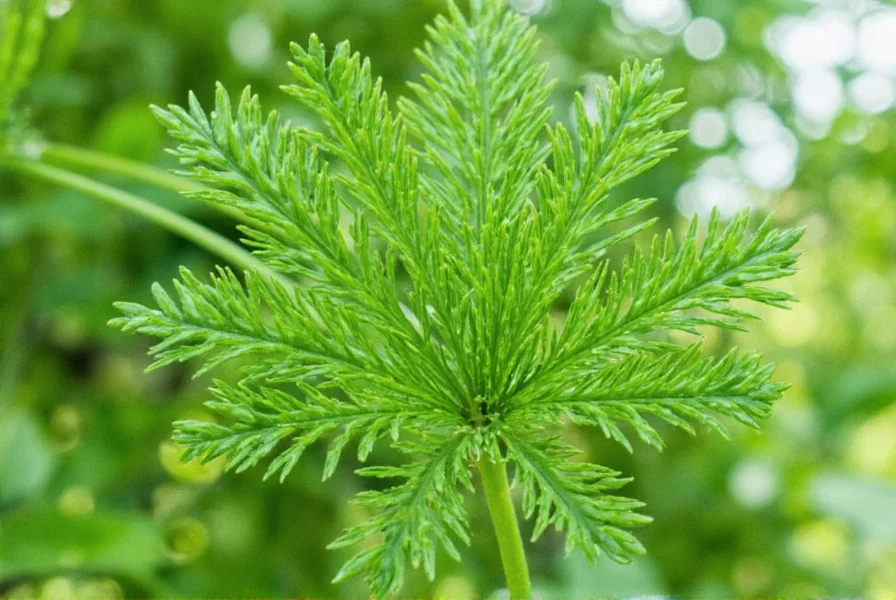
- Features: Delicate fern-like leaves with a subtle flavor.
- Advantages: Part of classic fines herbes blend in French cuisine.
- Use Cases: Poached eggs, light cream sauces, egg dishes.
- Target Audience: Sophisticated palates and French cuisine lovers.
- Suitable Occasions: Elegant brunches, special dinner dates.
How to Use Substitutes Like a Pro Chef
Even if you’ve found the perfect dill alternative, using it correctly is key. Here are some tips from top chefs:
- Know Your Recipe: Some herbs shine raw, while others bloom under heat.
- Balance Intensity: Start with less and adjust. Many substitutes pack a punch.
- Pair Smartly: Match your substitute with compatible ingredients—like pairing tarragon with lemon or fennel fronds with olive oil.
- Experiment Boldly: Sometimes a twist can turn a basic dish into something extraordinary.
- Store Properly: Keep fresh herbs in water or sealed containers. Dry herbs in cool, dark places.
Conclusion
Running out of dill weed doesn’t have to spell disaster for your recipe. Whether you go for the licorice notes of tarragon, the brightness of cilantro, or the subtlety of parsley, there’s a suitable stand-in waiting for you.
Remember, spices aren’t just about replication—they’re about expression. Don’t be afraid to mix things up and make the dish your own. With these options in your arsenal, you’ll never skip a beat in the kitchen again.
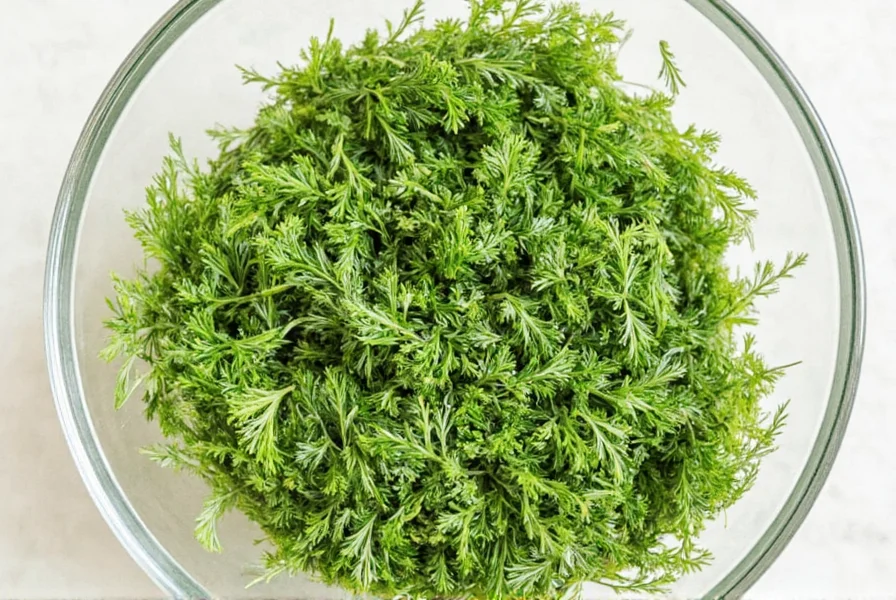

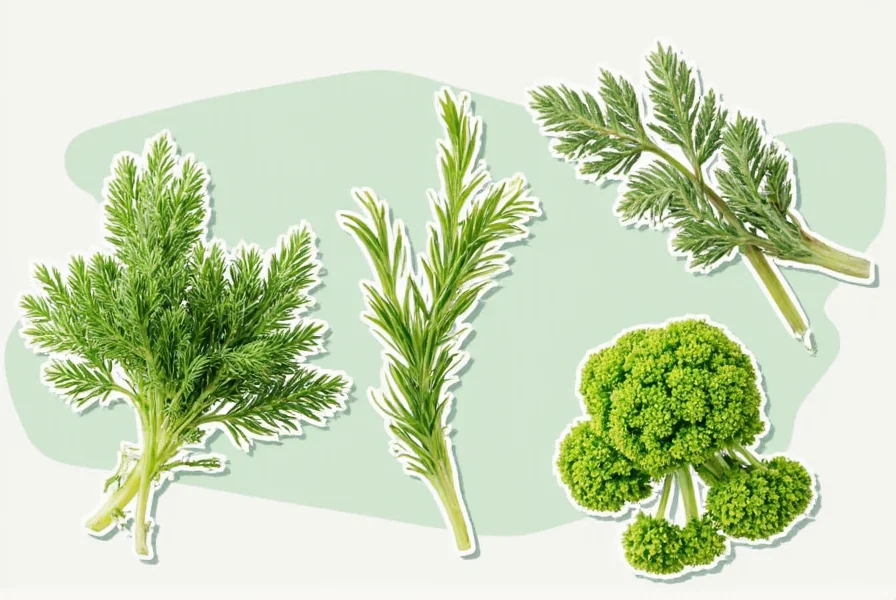









 浙公网安备
33010002000092号
浙公网安备
33010002000092号 浙B2-20120091-4
浙B2-20120091-4